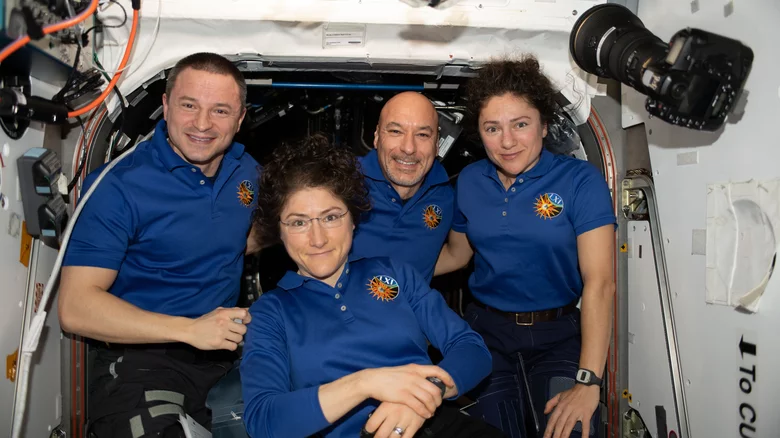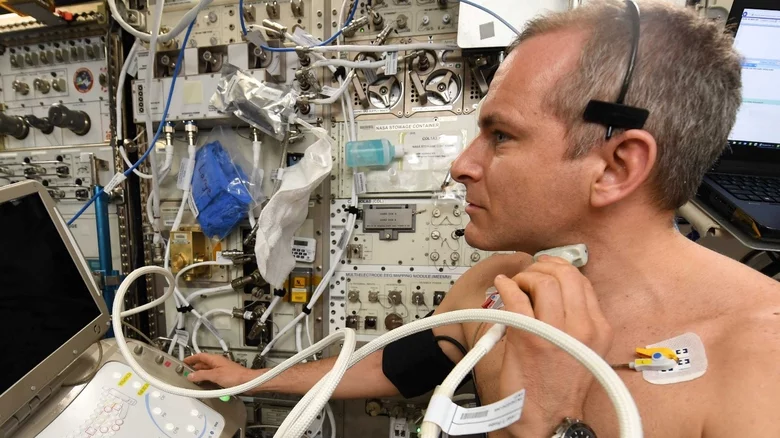When you see images of astronauts floating on the international space station, you can see that they look different in some places. If you look closely at their faces, you may see blue veins bulging around their necks or swelling on their faces. Under the action of the earth's gravity, the interior of our body works like a well functioning machine. But when the body is in microgravity, things will become abnormal According to NASA, our body has no external force to resist without the normal level of gravity, so the cardiovascular system becomes "lazy"

On earth, gravity pulls blood and other body fluids to the abdomen and legs. This is why standing for a long time can cause swelling of the legs and ankles. But in space, there is no such gravity - artificial or otherwise - blood is pushed to the chest and head. Fluid transfer actually leads to lower than normal blood flow in the heart and blood vessels, which in turn leads to swelling and vein swelling in astronauts.
This overall lack of gravity greatly affects the body and circulatory system. NASA and other space agencies around the world have spent a lot of time and energy studying the effects of zero gravity to help cope with the effects of living in space on the body.

According to NASA, the blood in the chest and head can have adverse health effects, such as hearing loss, brain swelling due to increased brain pressure, and eye deformation known as space related neuroocular syndrome (SANS). The lack of gravity causes muscles to atrophy and degenerate, and the shape of the heart changes from the typical oval seen on earth to more like a ball.
When the astronauts returned to the earth full of gravity, the blood and fluid were pulled back to the abdomen and legs. This fluid transfer and other changes in the body make it more difficult to control the decline in blood pressure. This may cause some astronauts to become dizzy and sometimes faint. This condition is called orthostatic intolerance. The body adapts to whatever environment they are in, and unfortunately, space is not a very friendly environment.